Finding the best place to camp can make a big difference in how enjoyable and safe a trip turns out. The best camping spot is one that balances safety, comfort, and access to natural beauty. This means choosing a site that keeps campers away from hazards, like wild animals or bad weather, while also offering a flat area for pitching tents and being close enough to water or trails.
Campers should look for places that are easy to get to but still feel like a true escape. A good campsite often has some wind protection, avoids flooding, and stays a reasonable distance from restroom facilities to keep things clean and quiet. Picking the right spot can help campers relax, enjoy nature, and have a great night’s rest.
Factors to Consider When Choosing a Camping Location
Choosing a camping spot well means thinking about safety, how easy it is to get there, and how camping might affect the environment. These points help make sure the time spent outdoors is both fun and responsible.
Safety and Security
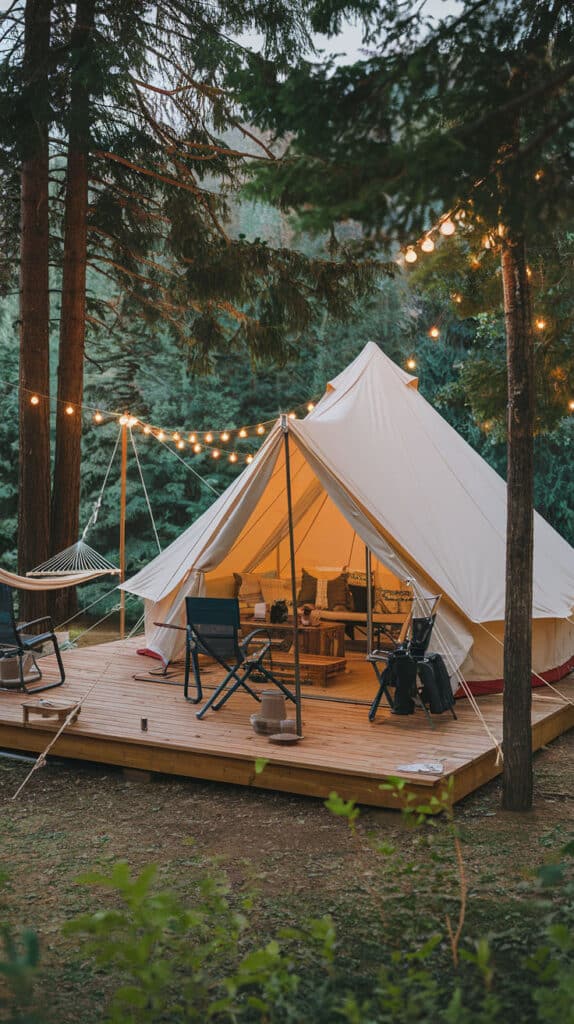
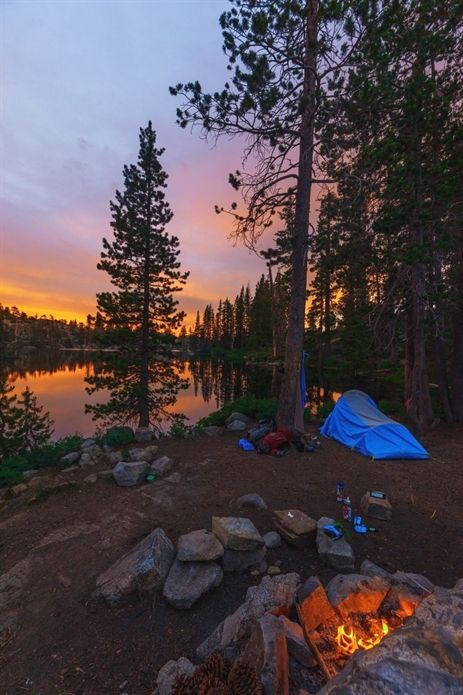
Safety is the top priority. The campsite should be free from hazards like unstable trees, steep slopes, or areas prone to flooding. It’s important to check for wildlife activity and avoid spots near animal trails or dens.
Campers should also consider weather exposure. A sheltered area behind hills or trees can protect against strong winds and sudden rain.
Additionally, choosing a spot with clear visibility around the campsite helps campers stay alert to any nearby activity, both animal and human. Well-marked paths and proximity to help or ranger stations add extra security.
Accessibility and Travel Distance
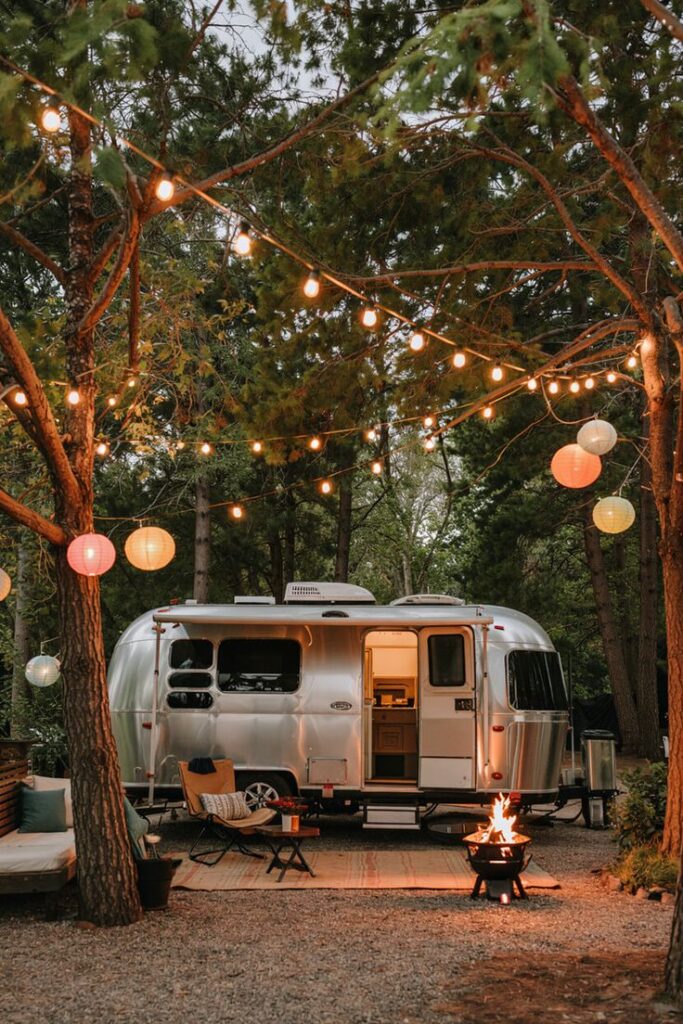
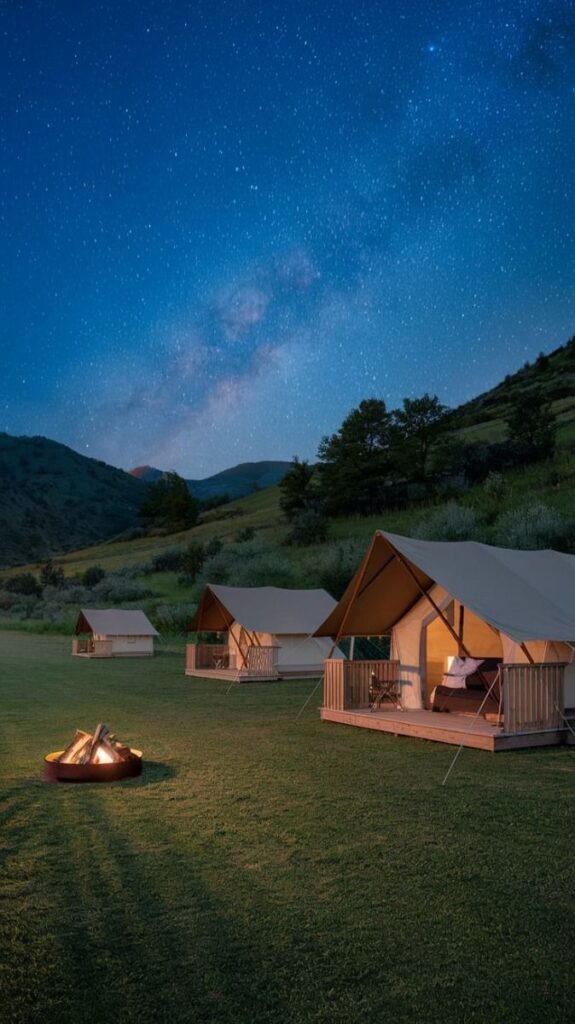
A campsite should be easy enough to reach, but not so close to roads or busy areas that it disturbs the natural feel. The travel distance depends on the type of trip and who is going.
For families or beginners, a location with a short, gentle trail to the site and parking nearby is ideal. More experienced hikers might prefer spots further from roads for privacy and adventure.
Also, campers should consider the time of year and how roads may be affected by weather. Planning ahead to avoid difficult terrain or seasonal closures makes the trip smoother.
Environmental Impact
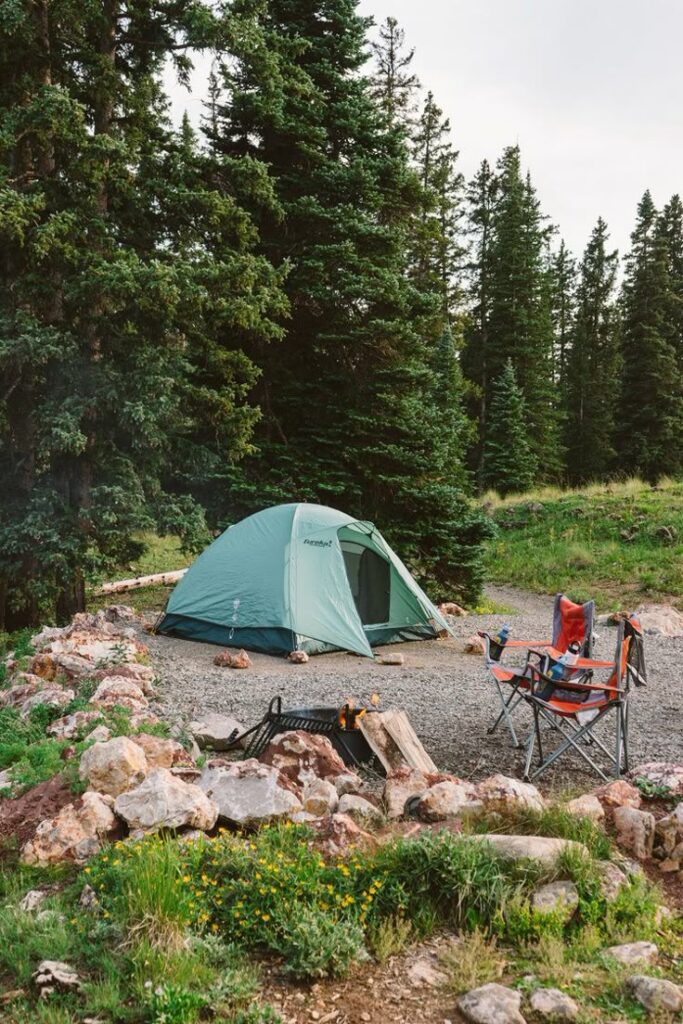
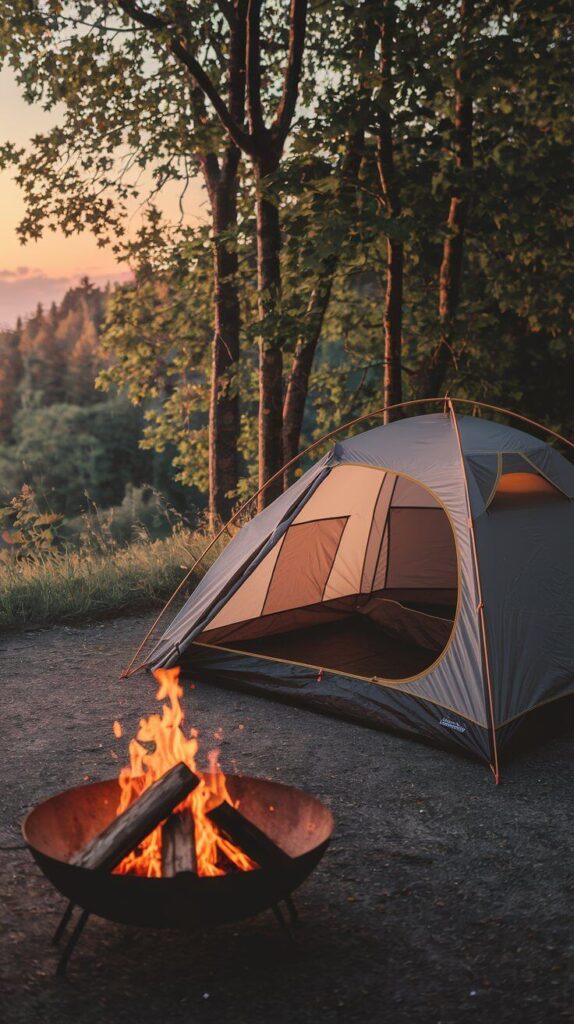
Choosing a campsite with low environmental impact helps protect nature for others. Staying at established sites reduces damage to plants and soil.
Campers should avoid fragile areas like wetlands, meadows, or places with rare plants. Setting up tents on hard surfaces or durable ground lessens harm.
It’s important to follow rules about campfires, trash, and wildlife interaction. Practicing “leave no trace” means packing out all trash and using camp stoves instead of open fires in sensitive areas. This helps keep the campsite clean and safe for wildlife.
Essential Features of the Best Camping Places
A good camping spot offers easy access to clean water, comfortable ground to set up tents, and a beautiful natural setting. These features help make the camping experience safer and more enjoyable.
Water Sources

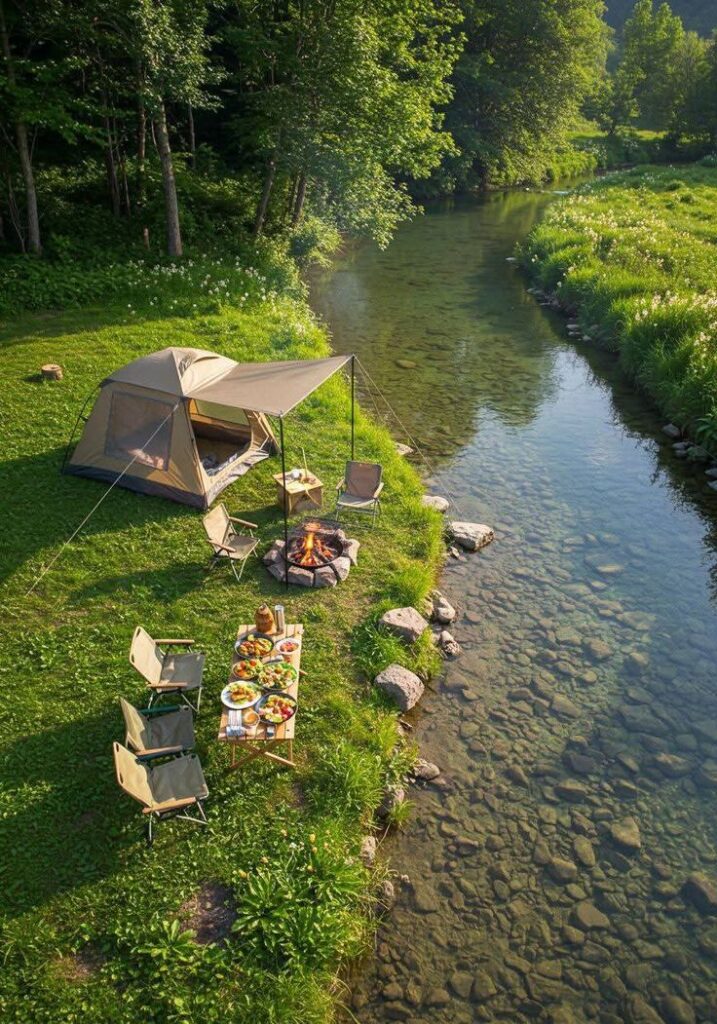
Access to fresh water is very important for drinking, cooking, and cleaning while camping. The best sites are close to streams, rivers, or lakes, but not too close to avoid flooding or bugs.
Campers should check if the water is clean or if they need to bring filters or purification tablets. It is also smart to set up the tent at least 200 feet away from the water to keep away from insects and wildlife that come to drink.
Flat and Dry Ground
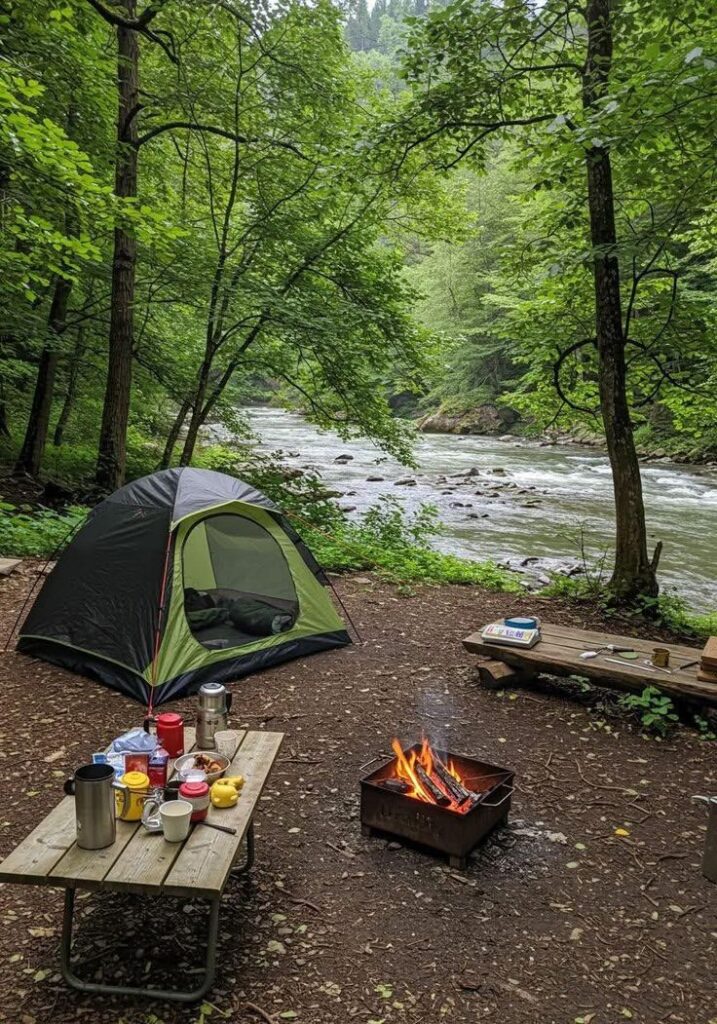
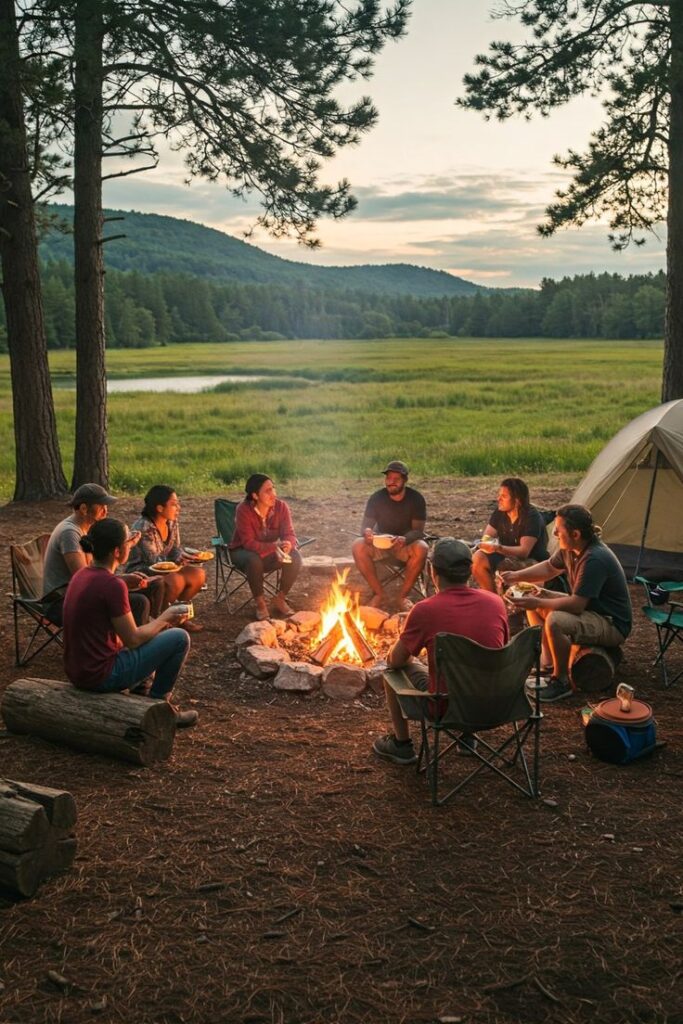
Choosing flat ground helps campers to sleep comfortably and keeps tents stable in wind. Dry soil prevents tents from sinking into mud after rain.
Avoid spots near slopes or low areas where water can collect after storms. Some campsites have clear, level areas already prepared, which save time and effort. Using a ground tarp adds protection from damp soil.
Scenic Views
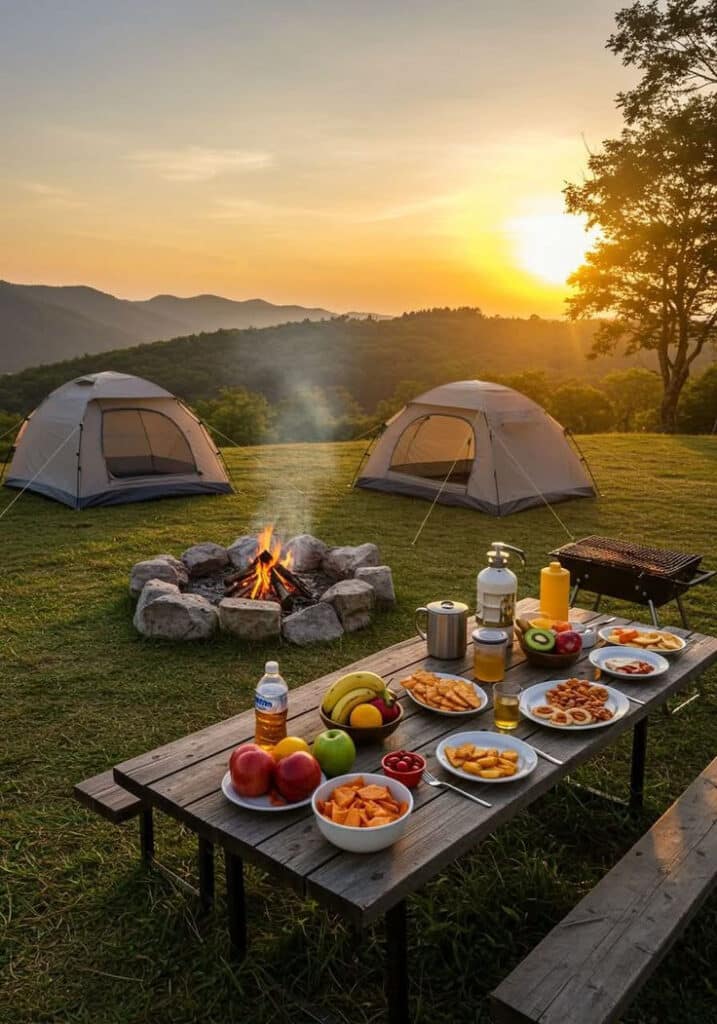
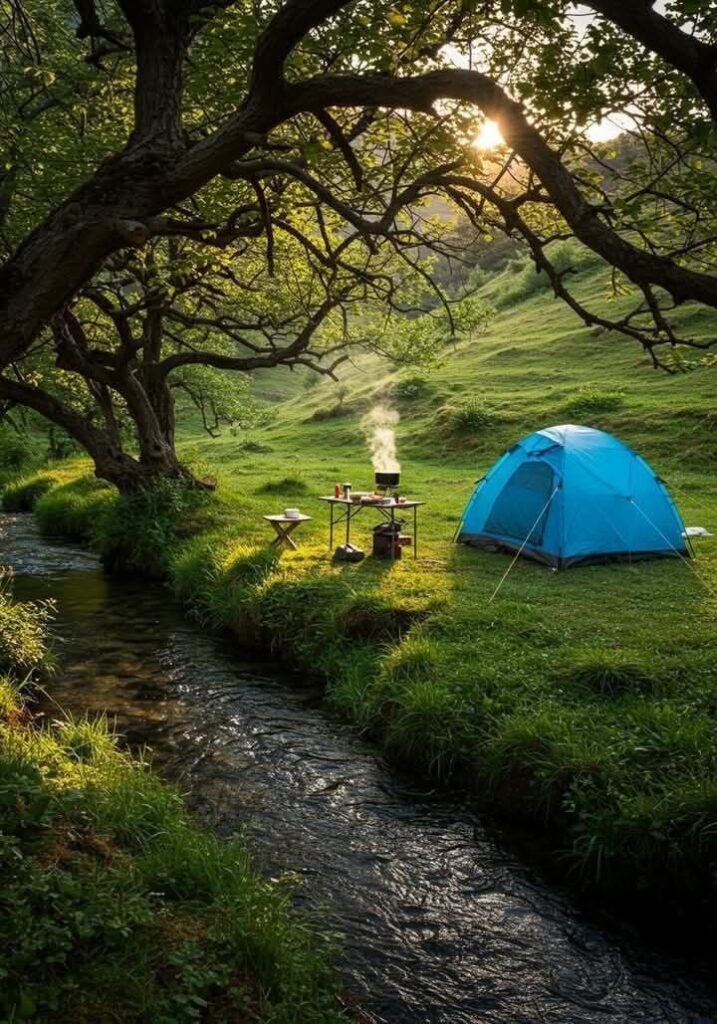
A great place to camp often has nice views. This could be mountains, forests, or a calm lake. Scenic spots add to the fun by giving campers a chance to relax and enjoy nature.
Campsites with trees provide shade during the day but should leave space open enough for good sunlight to keep the tent warm. Quiet, natural views also help campers feel peaceful and connected to their surroundings.
Tips for Selecting Your Ideal Campsite
Choosing the right spot for camping means thinking about both the weather and how private the area is. Good planning helps avoid problems like bad weather or noisy neighbors and makes the trip more comfortable and safe.
Checking Weather Conditions
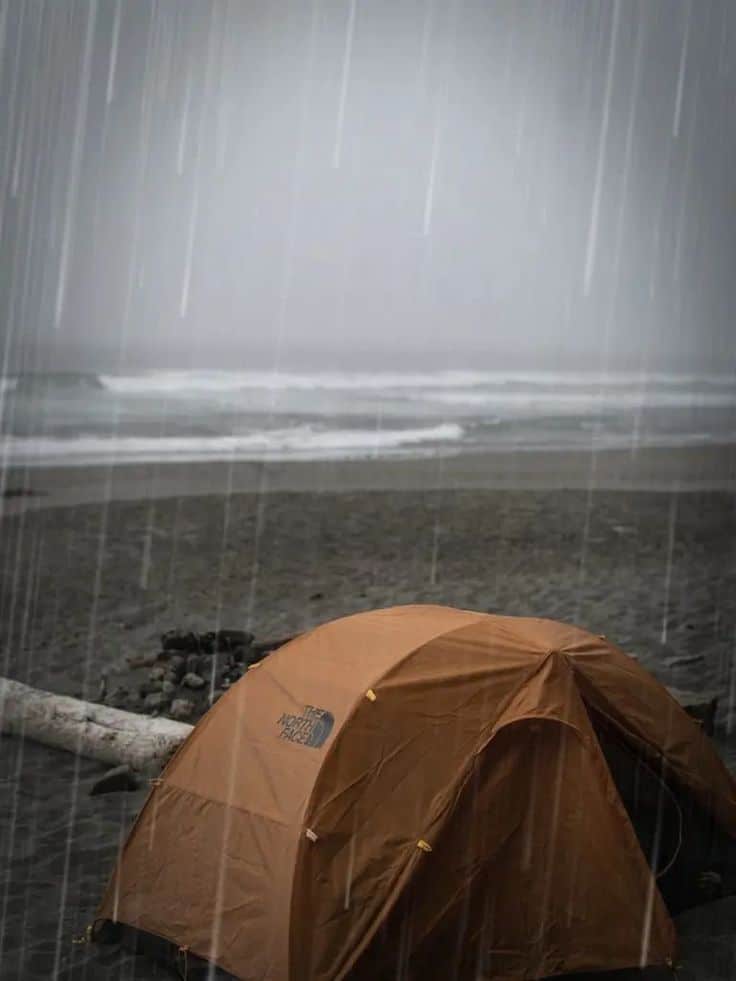
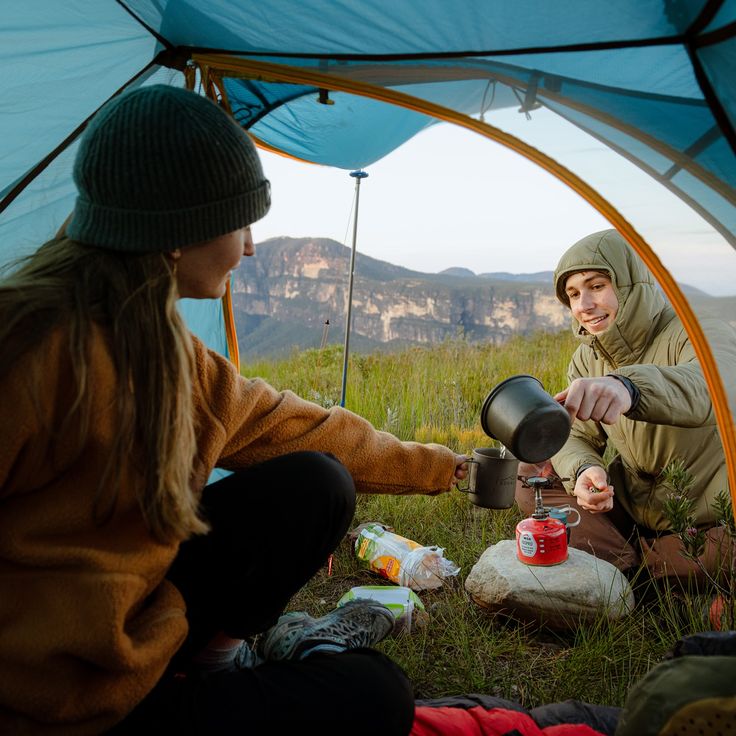
Campers should always check the weather forecast before picking a campsite. Knowing if it might rain, get too hot, or stay cold helps in choosing a place that matches their gear and needs.
It’s best to avoid low spots where water can collect during rain. A flat, slightly elevated area can keep the tent dry. Wind direction also matters. Facing the tent away from the wind can prevent chills and damage.
If camping near water, campers should watch for sudden weather changes. Strong winds or storms near lakes and rivers can be dangerous. Planning for shelter or backup spots is smart to stay safe when the weather turns.
Privacy and Seclusion
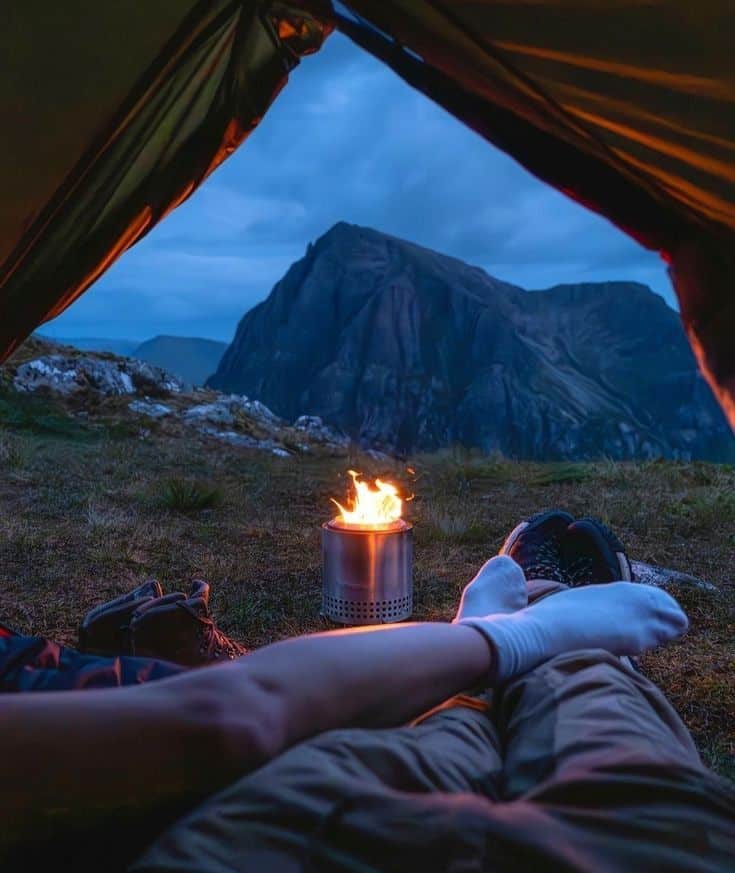
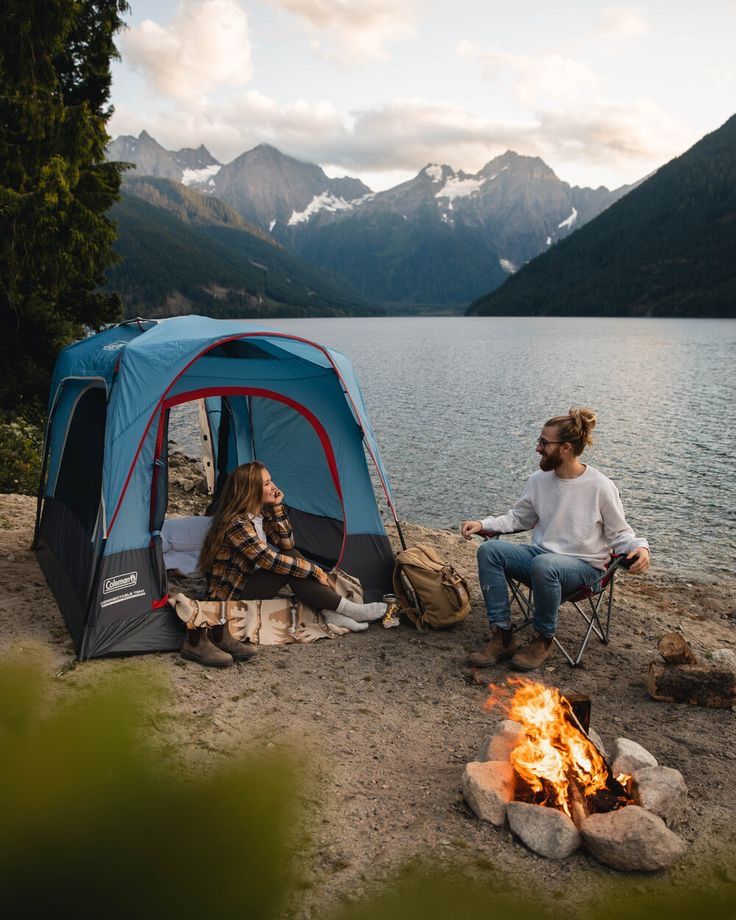
Privacy is key for many campers. Choosing a campsite away from main trails or busy roads helps reduce noise and crowding.
Using heavy duty canvas tarps create private spaces and block views from nearby campers. Sites at least 200 feet from other campsites allow for more quiet and personal space.
In crowded campgrounds, picking a spot near the edge or that’s slightly hidden can offer more peace. For those who want complete quiet, dispersed camping in undeveloped areas away from marked spots might be best.
- 442shares
- Facebook0
- Pinterest441
- Twitter1


